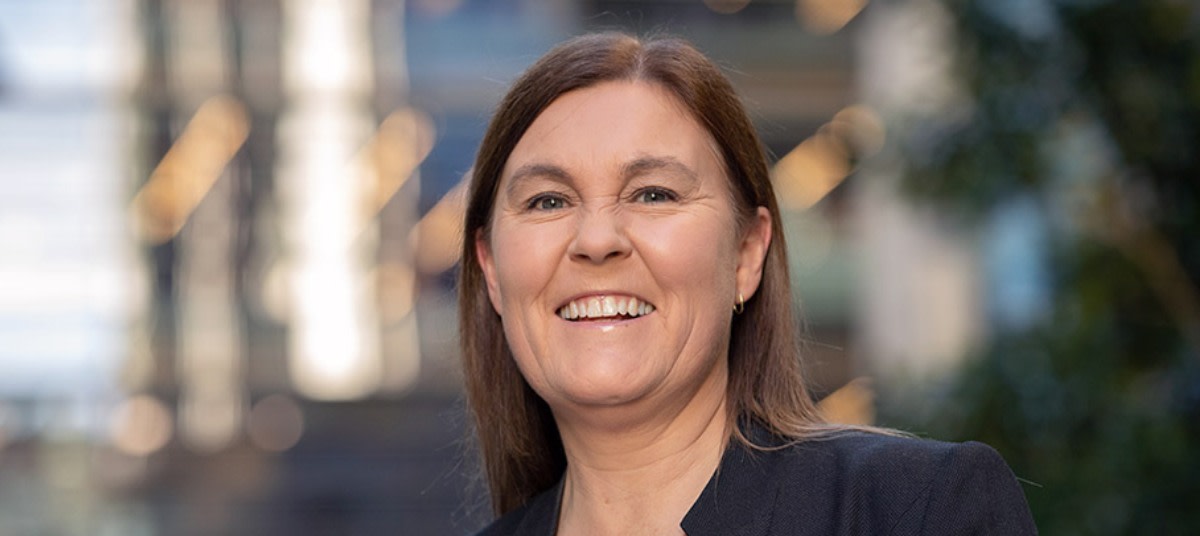
Third-party origination for Bendigo and Adelaide Bank dropped in 1H23, but the channel continues to hold the majority of its mortgage portfolio.
On Monday (20 February) Bendigo and Adelaide Bank Group released its financial results for the first-half of the financial year 2023 (ending 31 December 2022), revealing that new mortgages written by the third-party channel fell to 59 per cent, down from 64 per cent reported in 2H22.
To continue reading the rest of this article, please log in.
Looking for more benefits? Become a Premium Member.
Create free account to get unlimited news articles and more!
Looking for more benefits? Become a Premium Member.
The broker channel had been gradually increasing its share of the group’s overall lending book, creeping above 50 per cent in its full-year results ending 30 June 2022.
Despite the share of new lending falling for the broker channel, the bank’s results showed the third-party channel’s portfolio had increased, while the direct channel had fallen.
The third-party channel‘s lending portfolio reached $29.5 billion — a slight increase on the $29.2 billion reported in June 2022 half-year result — while the bank’s residential lending portfolio came in at $26.6 billion, a drop from $26.8 billion.
While Adelaide Bank has traditionally been the sole brand operating in the third-party channel, Bendigo Bank has been moving to break into the broker channel.
Overall total residential lending for the group reached $77 billion, which marked a 1 per cent fall, while total income for the half year lifted 14.5 per cent to $958.2 million.
Noting the fall in residential lending, chief executive and managing director Marnie Baker said the group recognised the “very real challenges some people are facing given the increased cost of living pressures driven by inflation and increasing interest rates” and was managing the trade-off “between volumes and margins”.
She added that borrowers remained well positioned with 43 per cent at least one year ahead on repayments and 33 per cent two years ahead on repayments.
“We have seen very little deterioration in these numbers with 84 per cent of home loan customers maintaining a financial buffer,” Ms Baker said.
“At this point in the interest rate cycle, it is reasonable to expect house prices to continue to moderate, which in turn, will lead to lower system credit growth.”
The results also showed that construction lending had fallen 9.9 per cent, to $410 million, as the industry continues to struggle with rising costs, a labour shortages, and a backlog of building works post-COVID-19.
Its business lending portfolio had also fallen to $7.4 billion, which has continued to fall since the $8 billion reported in June 2021.
The group also reported a decrease in small-business lending to $5.3 billion, a fall from the $6.3 billion reported in June 2021.
Digital lending growth
However, the group’s digital bank Up had continued to drive growth with 613,000 customers and over $1.3 billion in deposits at the end of the half results.
“Digital channels accounted for 8.9 per cent of settled home loans,” Ms Baker said.
“Its flagship lending product Up Home was soft launched and settled $38 million in home loans.
“Our digital home loan product BEN Express reached $100 million in lending during the half with continued strong levels of inquiry expected, [and] more than 80 per cent of Up Home and BEN Express customers are new to bank.”
Ms Baker also noted the completion of the group’s full integration of Delphi Bank and launch of PayTo, “a modern alternative to direct debit”.
[Related: Brokers now responsible for majority of Bendigo's loan book]
 Login
Login










JOIN THE DISCUSSION